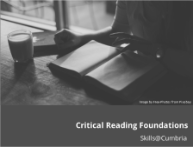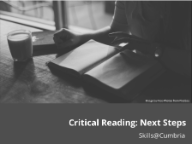With the increase in online information and social media we are bombarded with information, from the moment we wake up until we go to sleep. Not all of that information is true or factual, or in the case of AI, real. The concept of “fake news” has become mainstream, and with sharing it can go “viral”, which can have a polarising effect on our politics and society. Some of this communication is just for fun but some is not, and we need to be able to discriminate between the two. False information spreads quicker than factual information (Vosoughi, Roy and Aral, 2018) so we need to think before we hit that “Share” button.
Definitions
- Misinformation: verifiably false information that is shared without an intent to mislead.
-
Disinformation: verifiably false information that is shared with an intent to deceive and mislead.
-
Malinformation: deliberately misleads by twisting the meaning of truthful information. For example statistics that are twisted or taken out of context.
(from the Government communication service, 2021)
STOP, VERIFY, CORRECT.
 |
STOP |
|
 |
VERIFY |
|
 |
CORRECT |
|
Based on CILIP, 2024
For more detail take the Tutorial or download the poster StopVerifyCorrect.
Other useful resources:
Fact checking from Full Facts.
SIFT strategy for spotting misinformation
Misinformation UNMASKED. resource created by the NHS to stop the spread of health misinformation



